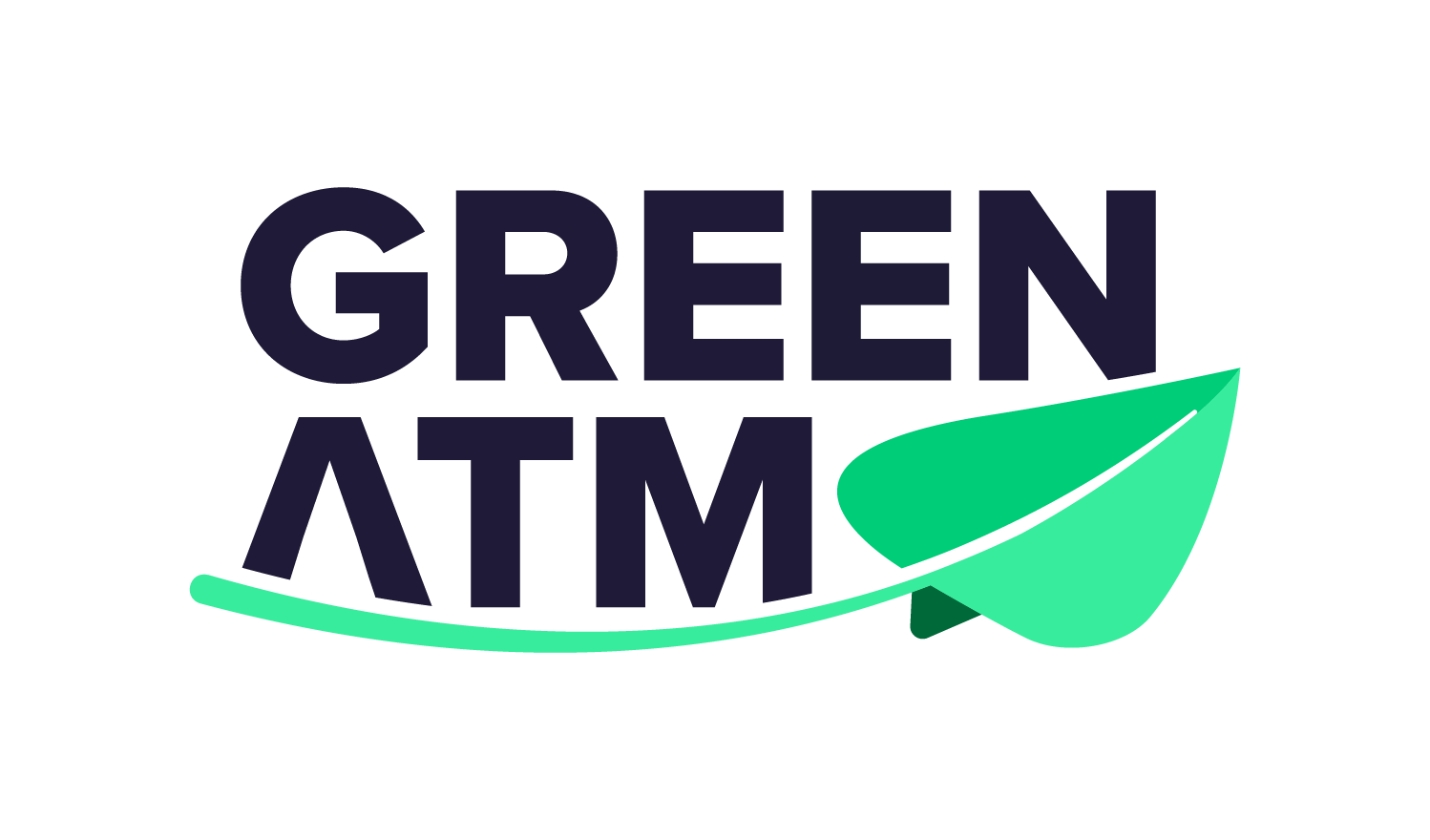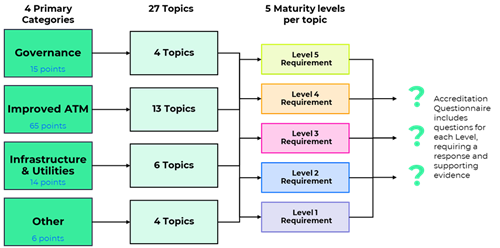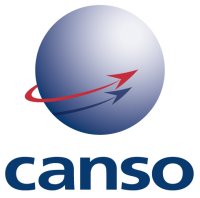
Authors:
 |
 |
|
Michelle Bishop CANSO |
Nick Boud Think Research |
In June this year CANSO announced GreenATM, their new independent, industry endorsed environmental accreditation programme for ANSPs. Why is GreenATM needed and what benefits does it present for participants? These are a couple of questions this article will address, as well as providing an insight into some of the topics assessed within GreenATM.
Organisations have a mass of international reporting standards and frameworks to choose from when presenting their credentials in Environmental Social and Governance (ESG), sustainability, and management of carbon emissions. However, the feedback from ANSPs is, they have struggled to find a reporting standard or framework that fits the ATM domain adequately due to under-representation of an ANSP’s ability to impact aircraft emissions. The ATM industry is committed to assisting civil aviation to reach its goal, net zero carbon emissions by 2050. For that reason GreenATM places significant emphasis on the operating practices, technologies, and services an ANSP can utilise to improve the horizontal and vertical efficiency of flight trajectories, as well as how an ANSP can mitigate their own direct environmental impacts. GreenATM is considerably more than an environmental reporting tool; it provides a structured maturity framework for ANSPs to ascend, backed up with guidance material, useful references, and has plans for future case studies on best practice. The ATM domain is not alone in developing their own industry focused accreditation programme; airports, airlines, business aviation and cargo operators already have their own schemes in operation.
In many industries it is becoming important to present strong environmental and sustainability performance to attract investors, customers, and new generations of talent. There are clear drivers and benefits of GreenATM:
- It addresses a real gap for ANSPs in the environment, social, and governance programmes, as outlined above.
- ANSPs will gain an objective validation of their environmental, climate and sustainability efforts, enhancing transparency and credibility with customers, stakeholders, and the public.
- It delivers increased understanding and appreciation of what an ANSP can do to reduce emissions in the skies and to minimise their own environmental footprint.
- It will serve to stimulate and encourage continuous maturity and improvement.
- It creates an excellent platform to highlight best practice, share learning, and to energise collaborative action to deliver real environmental benefits.
- It provides an opportunity to engage stakeholders and employees in environmental and climate action.
- It challenges the perception that working in aviation is not sustainable.
- Recognition of an ANSPs investment and efforts and a celebration of achievements in reducing aviation’s environmental footprint.
GreenATM structures the maturity of environmental and sustainable management, behaviours, targets, and delivery across 5 levels.

Figure 1 : The 5 levels of GreenATM Accreditation
The programme does not seek to compare and publish carbon emissions metrics, because no two ANSPs or airspace are the same and carbon metrics would be a measure of airspace busyness. However, performance measurement, target setting, and communication of progress are important aspects that ANSPs looking to achieve Level 4 or 5 will have to put in place.
The GreenATM programme assesses 27 topics across 4 categories (see Figure 2) The majority of points (65 of 100) are within the Improved ATM category as it is through ATM that ANSPs have their greatest opportunity to influence aviation’s contribution to carbon emission and climate impacts.

Figure 2 : Structure of GreenATM
The 27 topics within GreenATM have been selected to focus on the areas of management, operation, and behaviours through which ANSPs can either reduce their own environmental impact or assist airspace users in reducing theirs. The topics within “Improved ATM” represent existing solutions for improving the efficiency of airspace and example topics are:
|
Improved ATM Topic |
GreenATM Requirements |
|
Continuous climb and continuous descent operations |
Maximising the ability for flights to fly their optimal ascent and descent profiles to and from top of ascent / descent. |
|
Improved surveillance |
Surveillance coverage has been assessed and improved, in accordance with appropriate standards, to a level that facilitates efficient flight trajectories based on the projected demand for air traffic. |
|
Flexible use of airspace |
Ensuring that any airspace segregation is temporary and based on real use for a specified period according to both civil and military user requirements (enhanced civil/military coordination). Additionally, that contiguous volumes of airspace are not constrained by national boundaries. |
|
Free Route Airspace |
Generating the airspace structure and operation that allows airspace users to plan the optimal route. |
|
Surface Management |
Improving the flow of ground traffic through the integration and sharing of ground surveillance data, airport layout, taxi route information, and runway incursions warnings. |
|
Air traffic flow management (ATFM) |
Management of flights to optimise the use of airspace and to minimise holding or flow restrictions, working collaboratively with neighbouring ANSPs to maximise the gains that can be achieved across ever wider expanses of airspace. |
|
Performance Based Navigation (PBN) |
Maximising the implementation of PBN across all flight stages, where it presents improvements in efficiency |
The topics represent areas where gains can be made today, without the need for new technological breakthroughs, and the sooner they are made the greater the cumulative benefit will be on climate change. Studies have identified that efficiency improvements in airspace management and other operational improvements could deliver up to a 10% improvement by reducing excess fuel burn[1].
ANSPs participating in GreenATM will be required to complete a comprehensive questionnaire and provide documentary evidence in support of their submission. Their submissions will be evaluated by an independent aviation consultancy Think Research, acting as the GreenATM Secretariat, who in turn will make an accreditation recommendation to the CANSO GreenATM Panel. The five-member Panel will consist of ATM environmental experts with global representation.
GreenATM is open to receiving applications from all ANSPs from Fall 2022, regardless of whether they are a current member of CANSO. Those ANSPs interested in participating should contact GreenATM@think.aero to ensure that they are one of the first to receive the GreenATM Accreditation Questionnaire and the guide on how to participate.







.png)
.jpg)
